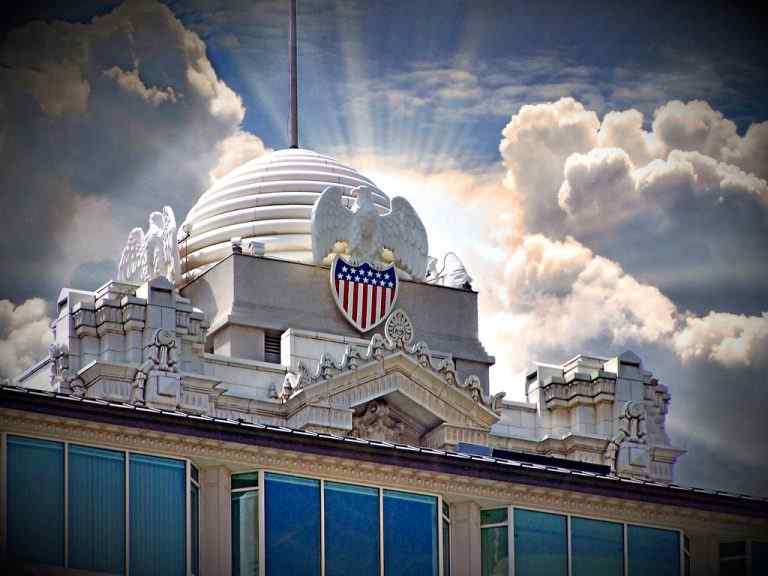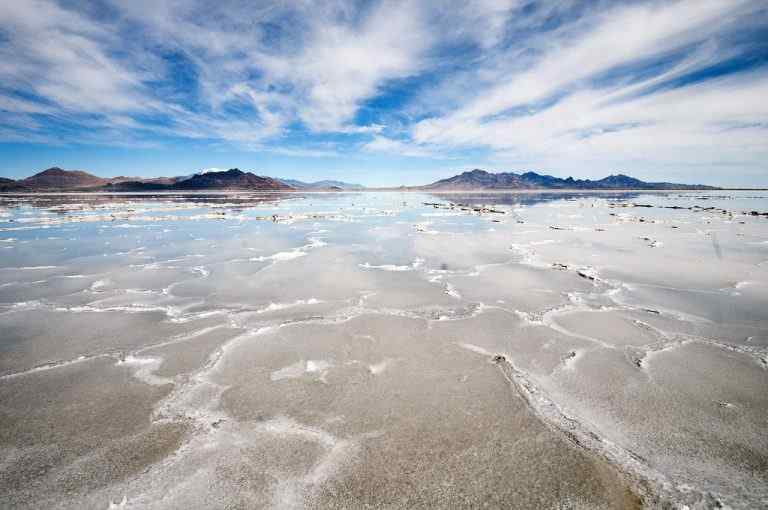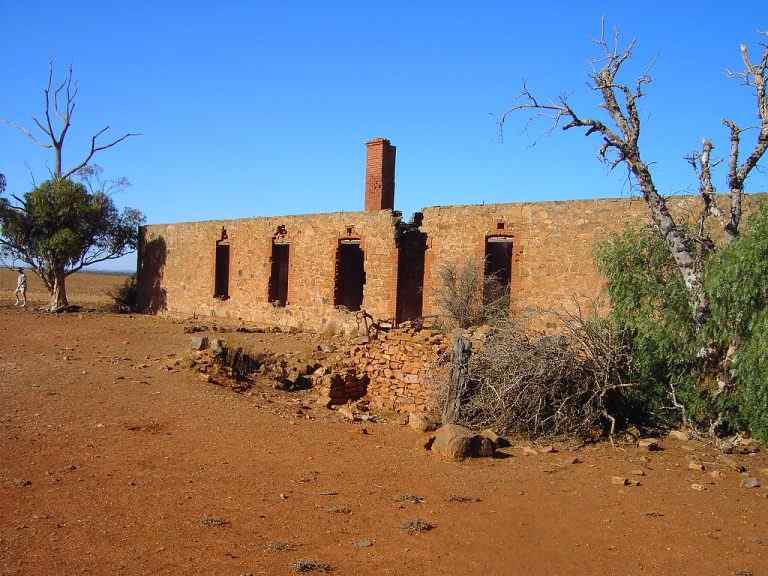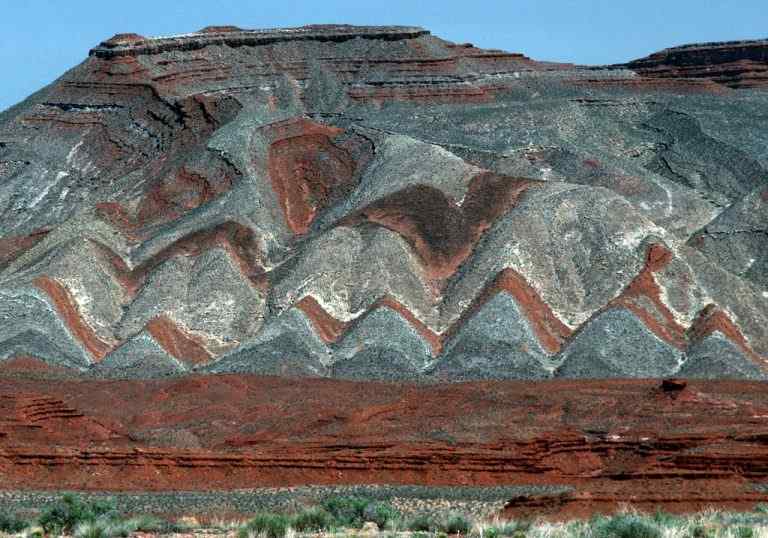Discovering Utah’s Fascinating Petroglyphs And Rock Art
As a researcher of petroglyphs and rock art, I find it fascinating how these ancient creations have stood the test of time.
Petroglyphs are rock carvings that date back thousands of years and were created using various rock carving tools. These carvings can be found all over the world, but in Utah, they are particularly abundant.
Native American tribes such as the Ute, Navajo, and Hopi have long-standing connections to petroglyphs and rock art styles. It is believed that petroglyph symbols were used as a form of communication or storytelling for their communities.
The early settlers in Utah also left their mark on the land by creating their own unique style of rock art.
Petroglyphs offer a glimpse into the past and provide valuable insight into the history and culture of those who inhabited the land before us. They remind us that there is more to life than what we see on the surface and ignite our subconscious desire for freedom.
Locations Of Utah’s Rock Art
As we have learned in the previous section, petroglyphs are an important part of Utah’s cultural heritage. They provide a glimpse into the lives and beliefs of indigenous people who lived in this region thousands of years ago.
Now, let us explore the various locations where these rock art sites can be found. Exploring trails that wind through Utah’s national parks and scenic byways is a great way to discover these ancient petroglyphs and rock art.
One of the most popular destinations is Canyonlands National Park, which boasts several well-preserved petroglyph panels. Visitors can also hike to remote areas such as Horseshoe Canyon, where they can view some of the state’s most significant rock art panels.
Identifying symbols and researching origins are essential steps in understanding the meaning behind each piece of rock art. These symbols often represent spiritual beliefs, hunting scenes, or other aspects of daily life for ancient peoples.
By studying and appreciating these works of art, we can gain a deeper appreciation for Utah’s rich cultural history. As we continue our journey through Utah’s stunning landscapes, let us keep an eye out for these remarkable pieces of history. Whether discovered on a hike or viewed from afar, each petroglyph and rock art site holds its own unique story waiting to be told.
The Meaning Of Rock Art
As a petroglyphs and rock art researcher, I have come to understand the incredible depth of meaning behind these ancient symbols.
Native symbolism is deeply embedded in their artistic expression, serving as a reflection of the spiritual connection that the people of ancient societies had with nature. From depictions of animals to celestial bodies, every aspect of the natural world played a significant role in their cultural heritage and understanding of themselves.
Rock art was not simply a form of artistic expression but served as an instrument for storytelling and communication. These symbols were used to convey messages about hunting techniques, migration patterns, and even social hierarchies within their communities.
It is no wonder that these petroglyphs continue to captivate people from all walks of life, as they provide us with valuable insights into the past and offer us a glimpse into the minds of our ancestors.
As we uncover more about these mysterious symbols, we begin to realize just how important it is to preserve them for future generations. The meaning behind each rock art symbol is unique and holds immense value in understanding our shared human history.
By protecting these cultural treasures, we can maintain a connection with our past and ensure that future generations have access to this invaluable knowledge.
The Techniques Used To Create Petroglyphs
As we gaze upon the petroglyphs and rock art that adorn Utah’s majestic landscapes, it’s hard not to wonder about the techniques used to create such stunning prehistoric artwork. From rock tooling techniques to rock etching methods, these symbols were carefully crafted by skilled artisans who left their mark on the earth for all future generations to admire.
One of the most fascinating aspects of studying petroglyphs is symbol interpretation. These ancient markings offer a glimpse into the lives and beliefs of our ancestors, but deciphering their true meanings can be a challenging task. Scholars must rely on their knowledge of rock marking practices and cultural traditions to unravel the secrets hidden within each image, painting a vivid picture of life in a bygone era.
As we continue to explore Utah’s mesmerizing landscapes, let us never forget the incredible artistic legacy left behind by those who came before us.
By studying the techniques used to create petroglyphs and other forms of rock art, we gain a deeper appreciation for the skill and creativity of our ancestors.
Let us keep their memory alive by continuing to marvel at their awe-inspiring works for generations to come.
Preservation Of Petroglyphs And Rock Art
As we’ve previously discussed, petroglyphs were created using a variety of techniques. But now, let’s turn our attention to the importance of preserving these ancient works of art.
Preservation methods have advanced significantly in recent years, with new technologies allowing for greater protection against weathering and erosion. Additionally, modern conservation efforts are working to not only preserve petroglyphs, but also the tribal relations and cultural heritage associated with them.
Educational tours are an excellent way to learn more about petroglyphs and rock art while also supporting conservation efforts. These tours often include visits to protected areas where visitors can view petroglyphs up close and learn about their historical significance. It’s important that educational tours are conducted responsibly, ensuring that visitors do not damage or disturb the petroglyphs in any way.
While some may argue that petroglyphs and rock art are outdated forms of expression, they continue to inspire modern artists today. By studying ancient works of art, contemporary artists can gain insight into different cultures and techniques while also creating new pieces that pay homage to the past.
As we move forward, it’s crucial that we continue to value and protect these invaluable pieces of history for future generations.
Possible Benefits Of Visiting Petroglyphs And Rock Art
Exploring the petroglyphs and rock art of Utah can offer many benefits beyond just admiring the ancient artwork. For one, it’s a chance to connect with nature in a deeper way. Many petroglyph sites are located in stunning natural landscapes that make for an unforgettable outdoor experience. As you hike to reach these sites, you’ll get a chance to appreciate the local flora and fauna, and perhaps even learn new skills like identifying different rocks or reading trail signs.
Moreover, visiting petroglyphs and rock art is an opportunity for community engagement. In many cases, these sites have been preserved thanks to the efforts of local groups who value their cultural significance. By visiting these sites, you’re supporting those efforts and helping to ensure that future generations will be able to enjoy them too.
Additionally, exploring these ancient artworks can provide a spiritual connection with past cultures and their beliefs. You may find yourself contemplating what life was like for the people who created these images, and what messages they were trying to convey.
Finally, visiting petroglyphs and rock art is a form of cultural exchange. These artworks represent an important part of human history and offer insights into how people lived in the past. By learning about them, we can gain a greater appreciation for the diversity of human experiences across time and space.
Whether you’re interested in history, nature, or spirituality, exploring Utah’s petroglyphs and rock art is sure to be a rewarding experience that offers something for everyone.
Cultural And Historical Significance Of Petroglyphs And Rock Art
As we explore the ancient petroglyphs and rock art of Utah, it is important to understand their cultural and historical significance.
These images were not simply created for decoration or entertainment, but rather served as a means of communication and connection for the indigenous peoples who made them.
Through native interpretations and archaeological research, we have come to understand that these images held great spiritual importance for their creators.
The symbolic imagery depicted in the petroglyphs and rock art often represented important events, stories, and beliefs of the indigenous communities.
They served as a way to connect with ancestors and honor ancestral sites, creating a bridge between past and present generations.
It is through honoring the cultural and historical significance of these ancient creations that we can gain a deeper appreciation for their beauty and meaning.
By preserving these sacred sites, we can ensure that future generations will be able to experience the same spiritual connection with our ancestors as those who came before us.
It is a reminder that our past holds valuable lessons and knowledge that should never be forgotten.
Conclusion
As a researcher and writer of petroglyphs and rock art, I highly recommend visiting Utah’s ancient sites. These fascinating pieces of history offer a glimpse into the lives of the people who lived here long before us. The intricate designs etched into the rocks are not only beautiful but also hold deep cultural and historical significance.
It is important to note that these ancient works of art must be protected and preserved for future generations to enjoy. We must respect the sites by not touching or adding our own markings to them. It is also essential to educate others about the importance of preserving these sites, so they too can appreciate their beauty and value.
Visiting petroglyphs and rock art can be a transformative experience as it allows us to connect with our past while gaining a deeper understanding of our present. By taking time to appreciate these incredible works of art, we gain insight into the lives, beliefs, and traditions of those who came before us.
So why not plan a visit today? You never know what you might discover when exploring Utah’s ancient landscapes.







